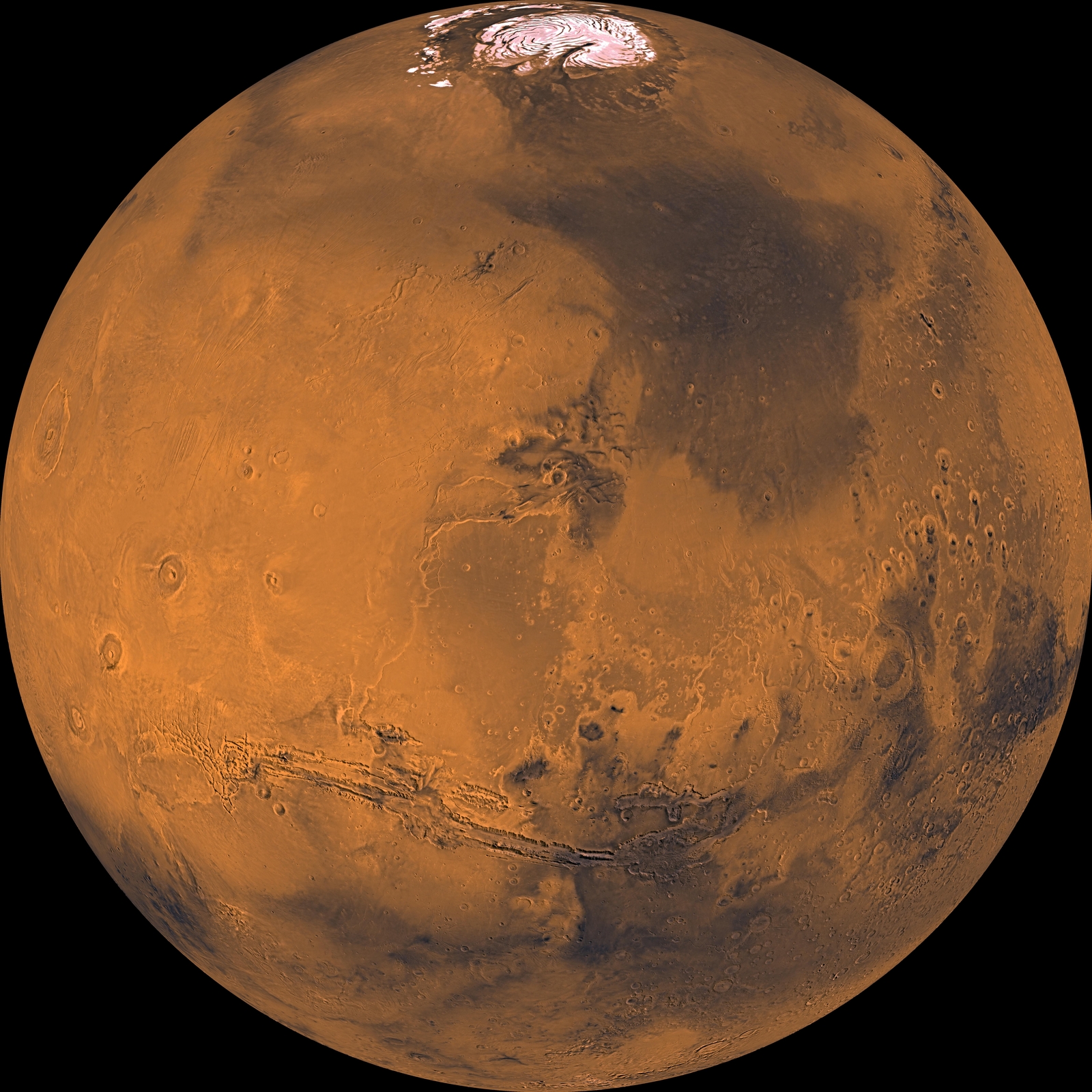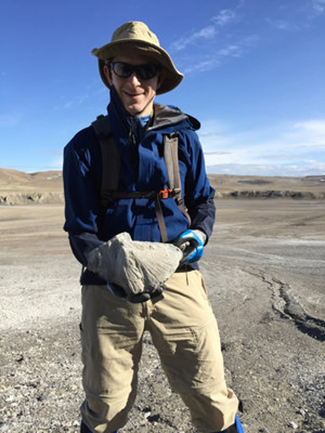Genetic Testing for Life on Mars
-
-
MIT Spectrum
Filed Under
Recommended

Is there life on Mars?
The question is still open, though efforts to address it have run the gamut from the 1908 book Mars as the Abode of Life, in which astronomer Percival Lowell made his case for a lost Martian civilization, to the more than a dozen NASA missions that have explored the Red Planet.
Now, a team from MIT and Harvard is developing an instrument that could quickly provide convincing evidence of life on Mars, either at present or in its not-too-distant past.
Gary Ruvkun, a molecular biologist at Harvard Medical School and Massachusetts General Hospital (MGH), started thinking in the early 1990s about sending a robot to Mars that would look for DNA using polymerase chain reaction (PCR) technology. PCR is sensitive enough, in principle, to detect even a single genome. Furthermore, the detection of long, complex DNA molecules would strongly suggest biological origins—a prospect that could be verified by more detailed measurements.
Ruvkun and biologist Michael Finney PhD ’86 discussed the idea at a December 2000 Christmas party, and word subsequently reached Claude Canizares, MIT’s Bruno Rossi Professor of Physics. Canizares told Maria Zuber, a planetary scientist who now serves as MIT’s vice president for research, saying it sounded “kind of crazy.” But Zuber was intrigued. She soon contacted Ruvkun, telling him, “I want to work with you.” The Search for Extraterrestrial Genomes (SETG) project was thereby launched, with Ruvkun and Zuber as principal investigators.
A key advantage of their strategy, explains Zuber, the E. A. Griswold Professor of Geophysics, “is that if you’re looking for DNA-based life, you know exactly what to look for. So that ought to be one of the first things you do when searching for life beyond Earth.”
MIT research scientist Christopher Carr ’99, SM ’01, ScD ’05, SETG’s science principal investigator, agrees with this reasoning for starting with “life as we know it” before undertaking a more general search for the unknown. “If you lose your keys in a parking lot at night,” he says, “it makes sense to look under the streetlights first if you think you might have dropped them there.” But there are other arguments to be made for the approach.
All known life forms are based on DNA and RNA, polymeric molecules that are capable of storing information. The basic ingredients for these polymers, and for life in general, can be found throughout our solar system.
What’s more, Earth and Mars have exchanged surface and subsurface rocks: roughly 4 billion years ago, during the Late Heavy Bombardment period that followed the formation of the planets, countless meteoroids shot from one nascent planet to the other. A significant fraction of those objects, moreover, did not experience sterilizing heat during launch or atmospheric entry. Thanks to all this material exchange, Carr says, “if there’s life on Mars, there’s a good chance it’s related to us”—meaning it would have DNA or RNA, which is exactly what he and his colleagues hope to find out.
The SETG team is assembling and testing an autonomous device hardy enough to perform in situ DNA and RNA sequencing on the surface of Mars, or in other extraterrestrial venues, working from samples delivered by a rover vehicle’s robotic arm. Their plan has evolved from PCR to single molecule DNA sequencing—and the model of device currently in favor is Oxford Nanopore Technologies’ MinION.
About the size of a granola bar and weighing just a few ounces, MinION has sequenced entire genomes while proving itself in numerous harsh environments, including on board the International Space Station and under water. Although other researchers carried out the space station testing, SETG researchers have operated the sequencer successfully in volcanic craters in the Argentinean Andes and on Devon Island in the Canadian High Arctic, a location that’s served as a Mars analog for scientists since around 2000.
In May 2018, Zuber and MIT postdoc Noelle Bryan took the MinION onto a reduced-gravity aircraft (the “Vomit Comet”) where sequencing reads were obtained under zero gravity and Mars gravity (0.376 g) conditions.
In further tests, Carr used a vacuum chamber in the SETG MGH lab to simulate Mars temperatures and pressures. So far, the sequencing technique has performed well under those conditions too. The SETG team has demonstrated all steps of the process, and they’re currently working to produce a fully automated “end-to-end-validated instrument” that can operate under Mars-like conditions. Reaching this critical step, Carr says, “would give us confidence that this could become a flight-ready instrument.”
“We won’t be ready for the Mars 2020 Rover mission,” adds Zuber, but that will not be their last chance, as launch opportunities for reaching the Red Planet come every two years. After some technical progress on their end, plus luck in their bidding to get into space, the SETG researchers just might realize the “crazy” vision Ruvkun conceived more than a quarter century ago.
Steve Nadis is a 1997–98 MIT Knight Science Journalism Fellow.
This story was originally published in the Summer 2019 issue of MIT Spectrum.
Picture (top): NASA.








